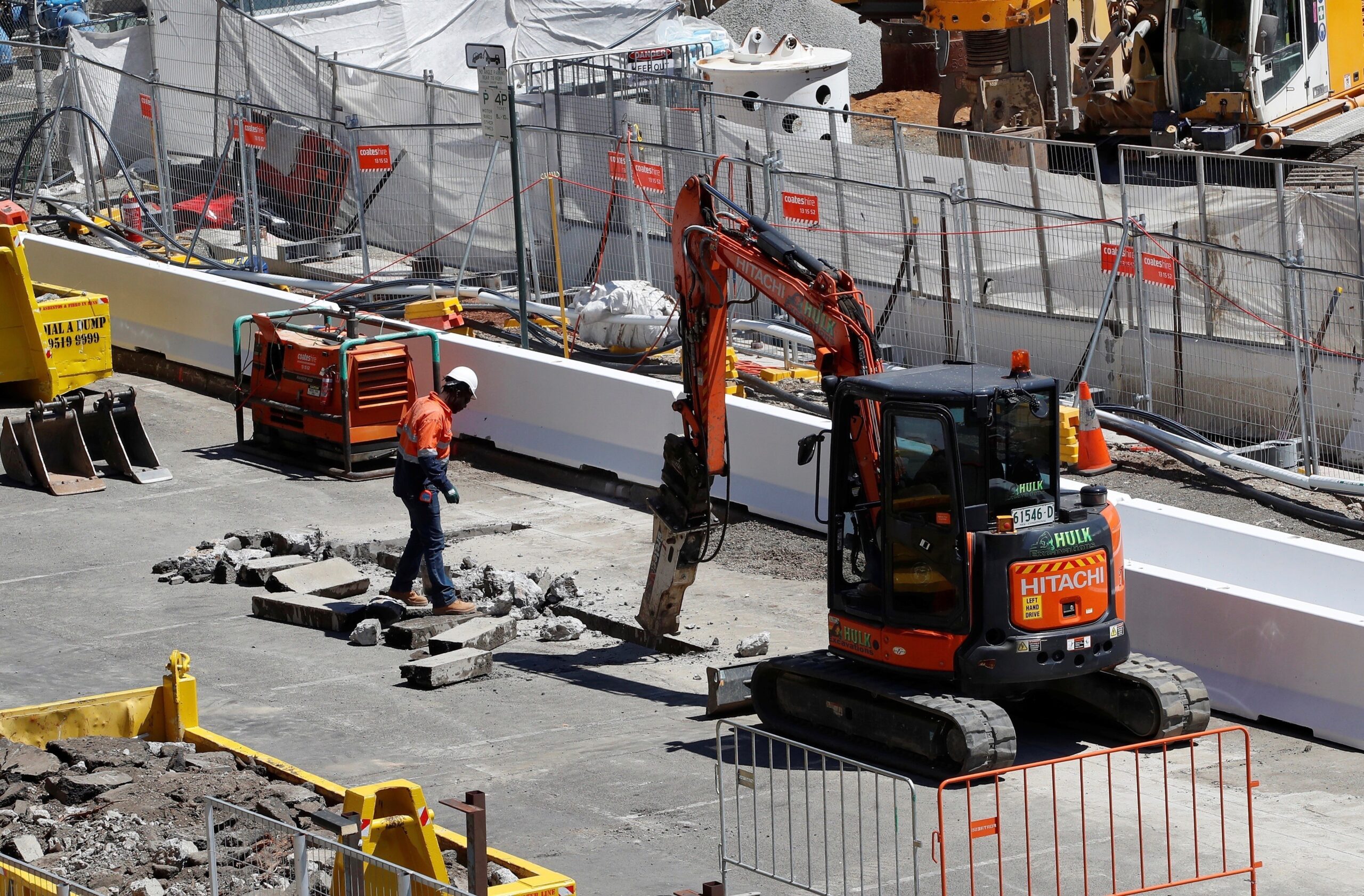The construction industry is one of the oldest forms of organized working, as its roots stretch back across the whole of human history. From early settlers constructing basic dwellings using materials that they could take directly from their surroundings, construction in varying forms has been taking place for thousands of years. One of the most impressive forms of ancient construction took place over 4500 years ago when the great pyramids of Egypt were built. These huge structures were made to extremely precise standards and involved the movement of large stones that weighed up to fifteen tonnes. On their completion, they were the tallest structures ever constructed by humankind and it is estimated that a workforce of up to 30,000 laborers would have been needed to build these impressive structures. Today, modern construction relies on more sophisticated forms of technology to complete new buildings or extend road networks. This article briefly describes three key developments that have shaped modern construction methods.
More equipment, less labor
As a rule, earlier forms of construction were reliant on the strength and skills of a human workforce to physically lift and move structures in the building process. As previously mentioned, large-scale constructions such as the great pyramids used a workforce of up to 30,000 people to complete. Today, in modern construction, there is less need for large workforces as there is a greater reliance on modern machinery. For example, in building construction and roadworks, firms will use excavators, flattening equipment (such as roller vehicles) and digging equipment that is commonly available from construction suppliers such as Labadi Engineering. This equipment takes away the need for human strength in many construction projects and puts a greater emphasis on precision machinery that can lift, move and transform with speed and ease.
The rise of health and safety
It is estimated that approximately 108,000 workers are killed on construction sites around the world each year. This makes construction work the most dangerous type of occupation in all forms of modern industry. The nature of construction work may involve working from height or being in the vicinity of dangerous heavy equipment and high-voltage energy supplies. This has led to the industry putting a greater emphasis on health and safety training and knowledge for its workforce. In almost all modern construction firms, there is comprehensive health and safety training for all employees, together with the requirement for workers to wear suitable protective gear such as helmets and protective boots (often with steel toe caps in them) when working on construction sites.
Prefabrication of structures
As a final point, one recent development in modern construction is the increasing reliance on prefabricated structures being produced. Today, prefabricated homes are common, and they are built by using pre-made sections of the building, which are combined and secured. This process can make homes quicker to build and more affordable for buyers. In recent years, the use of industrial-scale 3D printing machinery has allowed complete structures to be designed and built simply by using CAD design systems and the raw materials for the 3D printer. Some experts predict that 3D printing will become widespread throughout the construction sector thanks to the speed and lower cost benefits that this method of fabrication offers.










